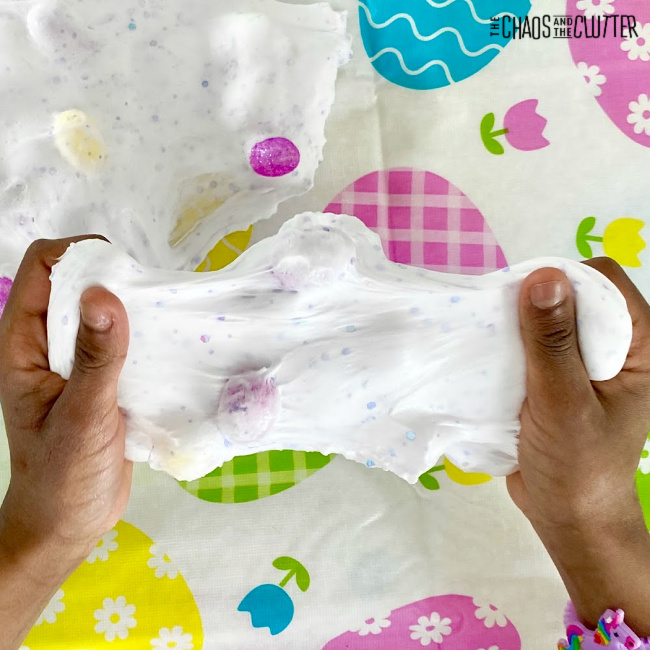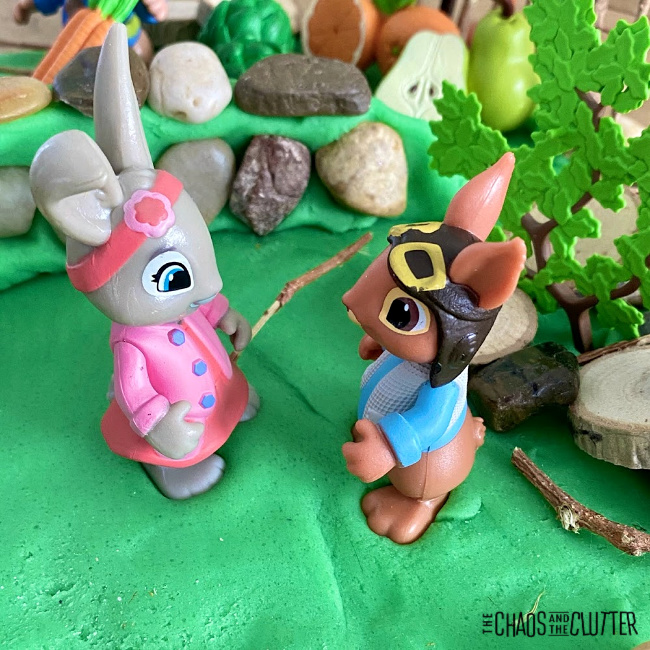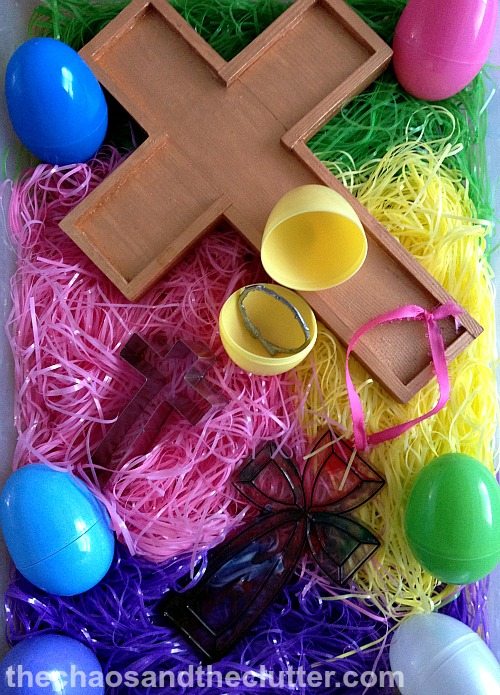When you can’t go to the ocean, bring it to you! That’s the sentiment behind this ocean sensory bag. It brings the feeling of the sea right into your home. 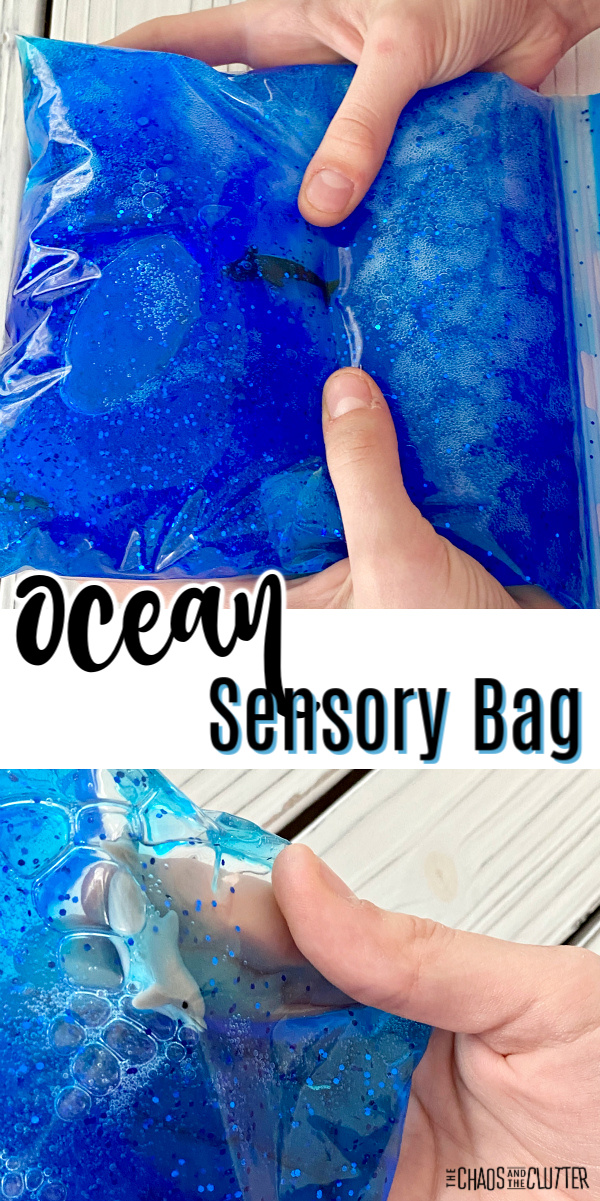
Ocean Sensory Bag:
Supplies needed:
- small or medium resealable plastic bag
- hand sanitizer or hair gel
- blue food gel
- glue glitter (optional)
- Good Luck minis ocean pack
- optional: duct tape (blue or mermaid duct tape look nice)
Directions:
- Fill a small or medium sized resealable plastic bag less than halfway with hand sanitizer or hair gel.
- Add some blue food gel. If you don’t have any, you can substitute drops of food colouring.
- Sprinkle in some blue glitter.
- Add the mini figures from the ocean pack.
- Seal.
- Squish to combine and especially to mix the colour in.
- Open the bag again to remove any excess air and seal again.
- If you want, you can fold duct tape over all four edges of the bag to secure.
- Hand the bag to your child to play with.
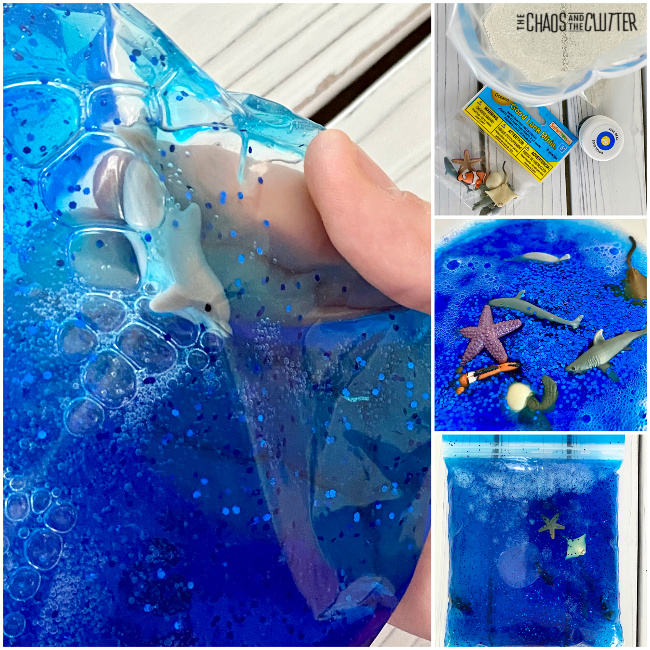 Whether or not you secure the bag with duct tape, adult supervision should be used as this contains small parts that could present a choking hazard.
Whether or not you secure the bag with duct tape, adult supervision should be used as this contains small parts that could present a choking hazard.
This ocean sensory bag pairs well with an ocean unit study. It’s a nice hands-on activity for kids who are interested in learning about sea life creatures. They can explore and discover through finding each of the aquatic animals.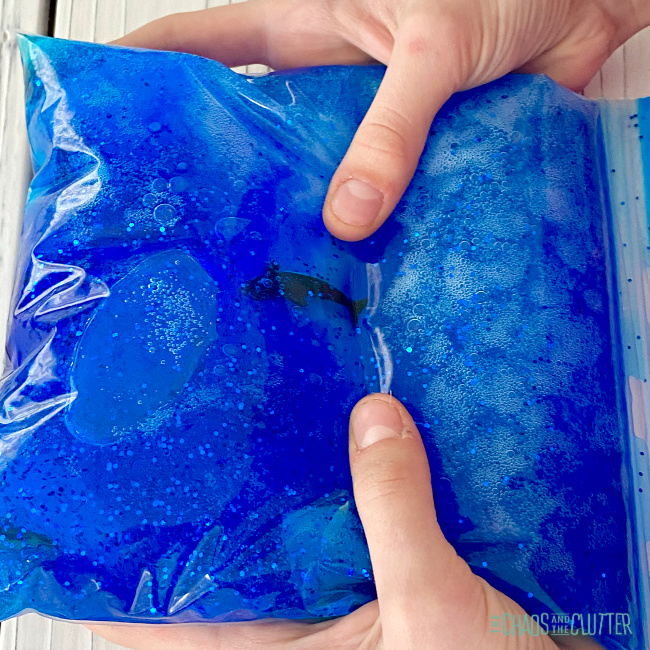
If you want to expand this activity, you can write down the names of each of the items in the bag and have your child find each one and call out its name. They will delight in discovering the sea turtle, starfish, stingray, dolphin, shark, and fish.
Children get tactile, visual, and proprioceptive sensory input while playing with their sensory bag.
Looking for more easy sensory play recipes to cultivate fun? Join us for a free five day email series on Sensory Activities and Solutions and get a free of our Sensory Play Recipes eBook.
Try out some of these other ocean themed sensory activities:
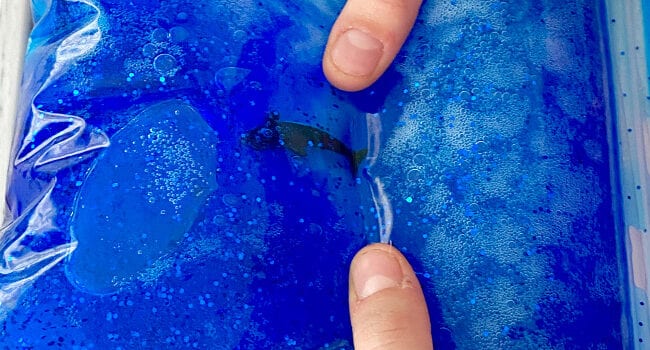

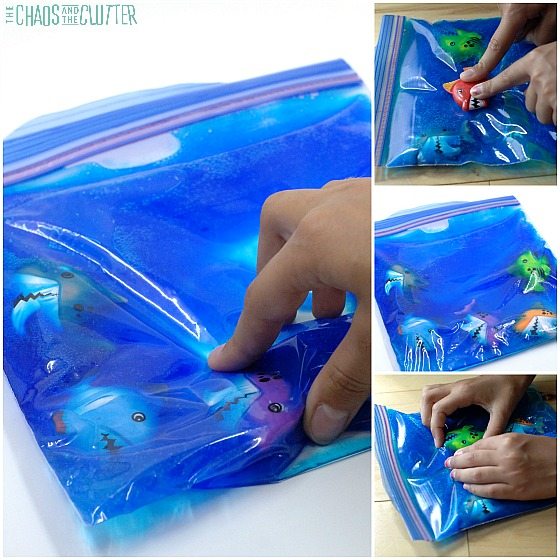
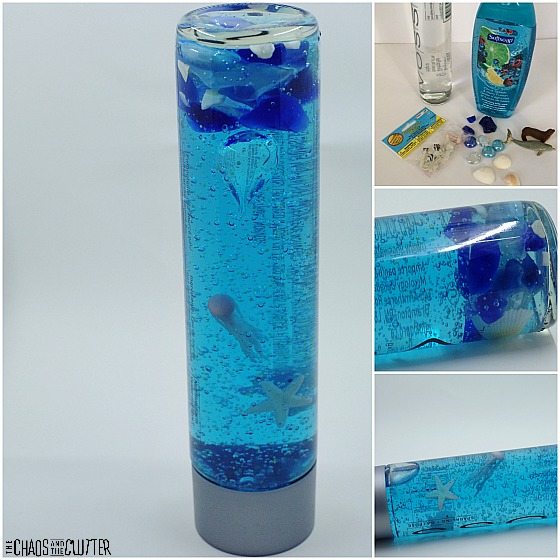
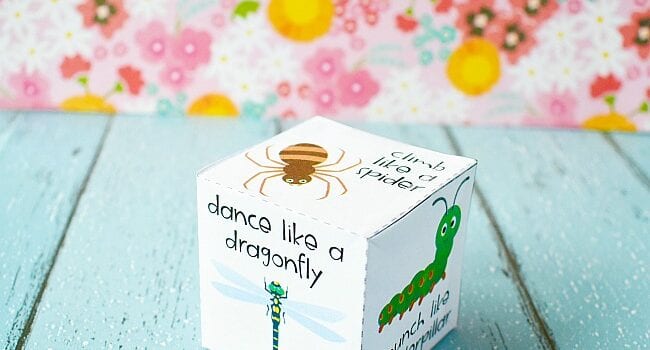
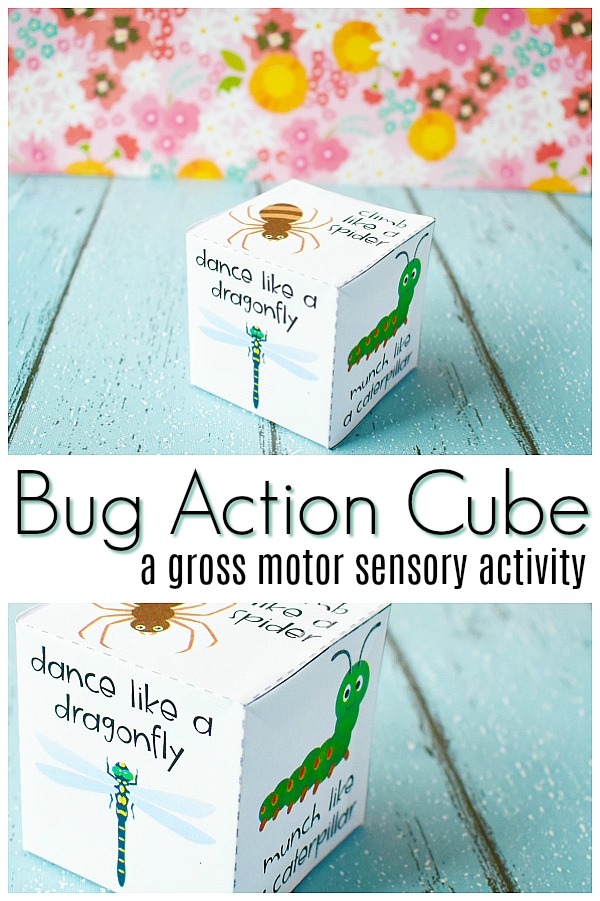 This is a great (and inexpensive) way for kids to burn off energy. If you do an insect learning unit in your classroom or homeschool, it’s also a cute addition to your unit study. You can also pair this cube with our
This is a great (and inexpensive) way for kids to burn off energy. If you do an insect learning unit in your classroom or homeschool, it’s also a cute addition to your unit study. You can also pair this cube with our 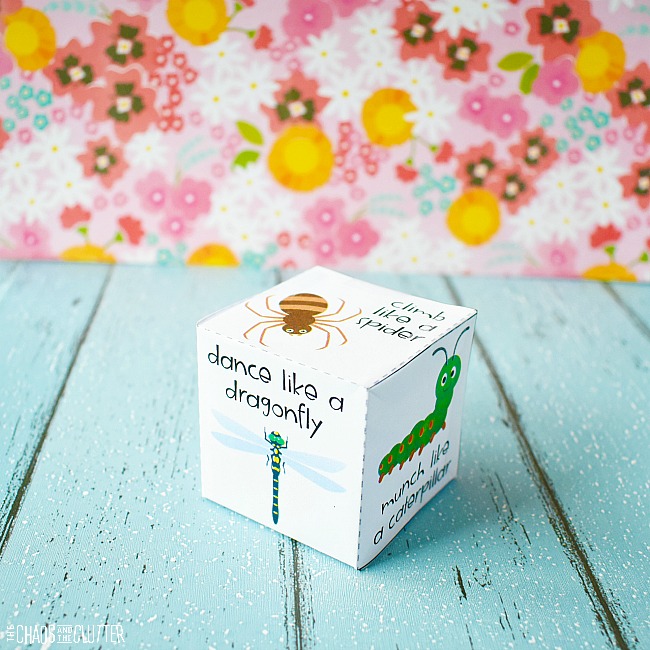
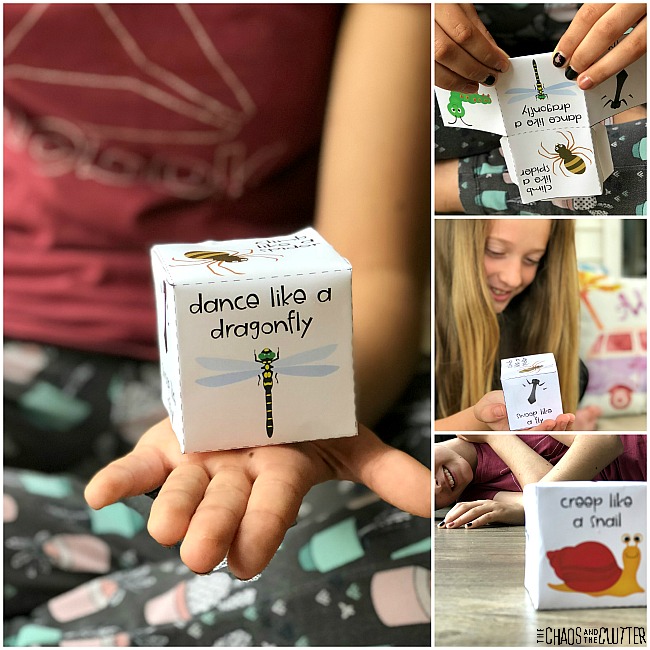
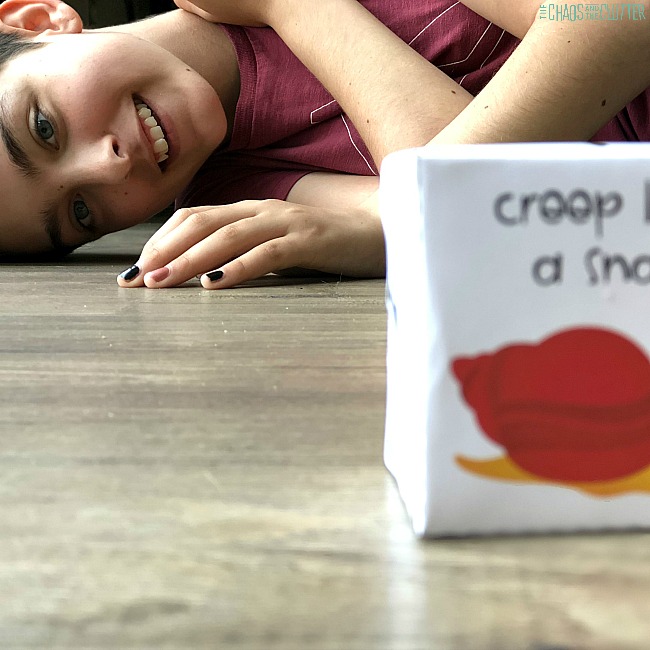 Breaking up schoolwork or screen time by providing a quick five minute brain break like this can actually make a significant difference in focus and concentration. These activities involve whole body movement so they are a wonderful reset to mood as well. You’ll be amazed the difference in your child after just a short brain break like this.
Breaking up schoolwork or screen time by providing a quick five minute brain break like this can actually make a significant difference in focus and concentration. These activities involve whole body movement so they are a wonderful reset to mood as well. You’ll be amazed the difference in your child after just a short brain break like this. 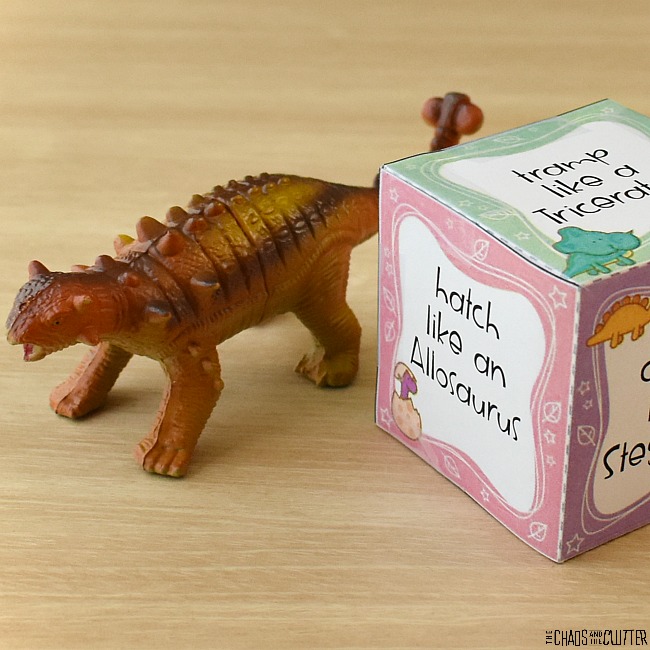
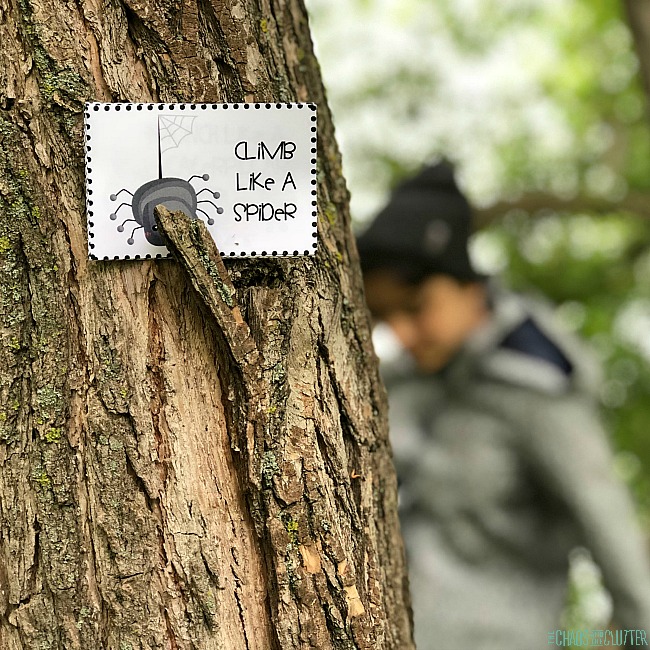
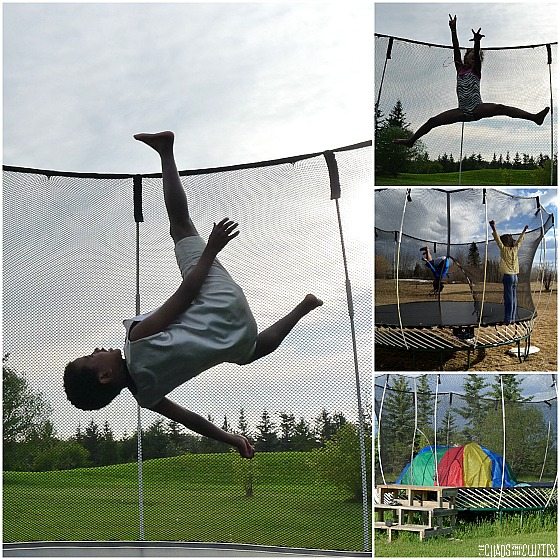

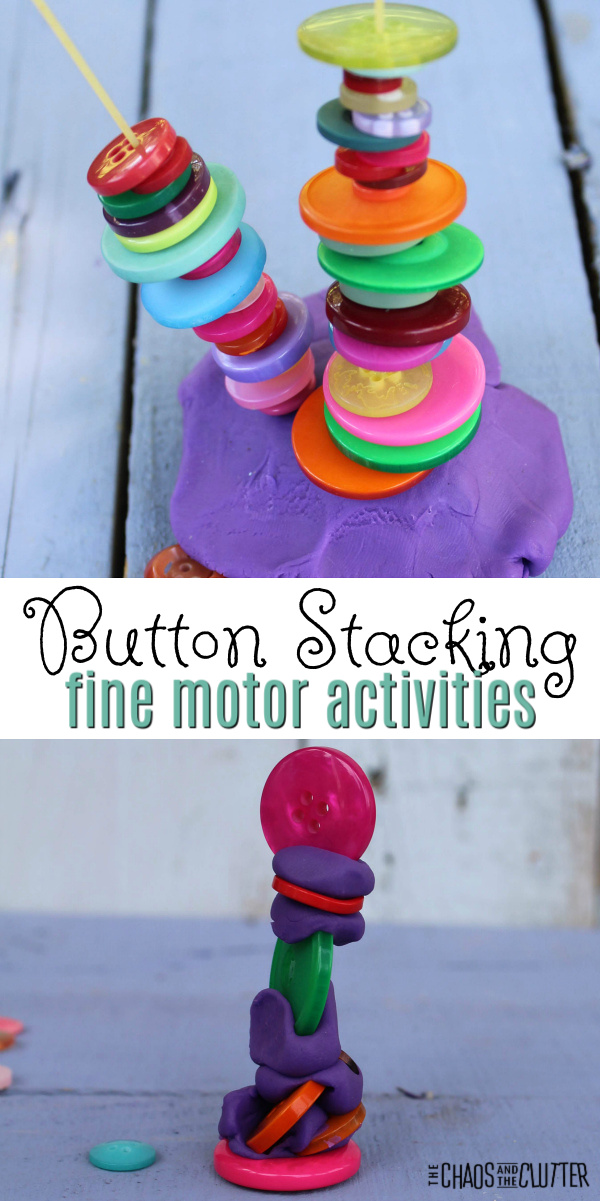 You can easily set these up at home or as a learning station in a preschool or Kindergarten classroom. It is inexpensive and fast to set up.
You can easily set these up at home or as a learning station in a preschool or Kindergarten classroom. It is inexpensive and fast to set up. Directions for the noodles and buttons activity:
Directions for the noodles and buttons activity: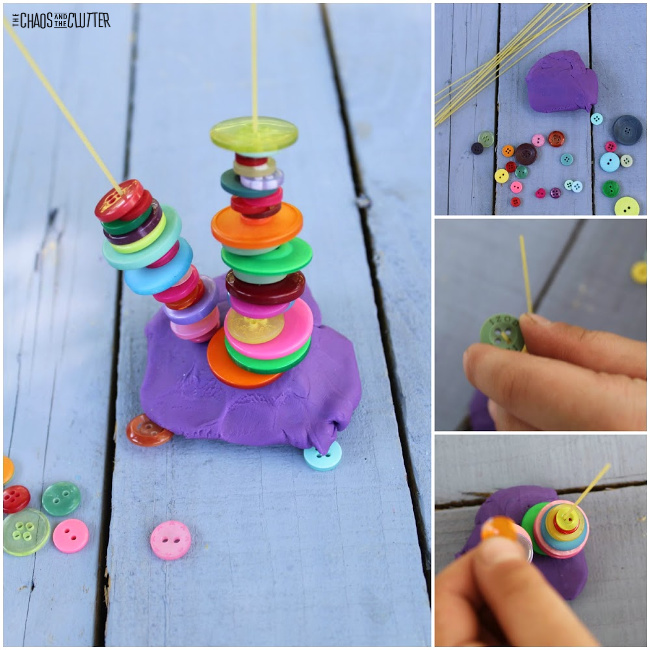 Depending on the age and ability of your child you can have them insert the spaghetti noodles or you can set that part up for them.
Depending on the age and ability of your child you can have them insert the spaghetti noodles or you can set that part up for them. 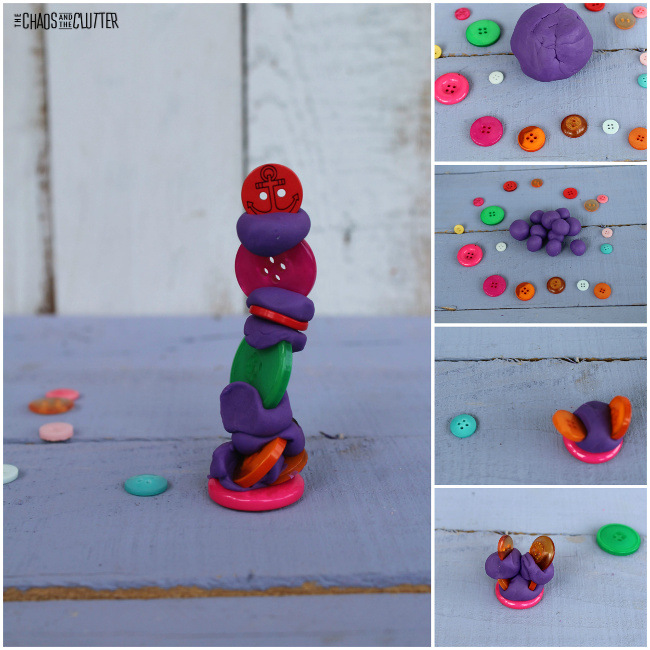 The playdough and buttons create a unique building material. What may seem like a simple activity is actually an introduction to engineering concepts. Kids can discover how many buttons they can stack before their tower tumbles or if stacking the buttons flat or sideways yields better results. They can also experiment with what building methods are most stable.
The playdough and buttons create a unique building material. What may seem like a simple activity is actually an introduction to engineering concepts. Kids can discover how many buttons they can stack before their tower tumbles or if stacking the buttons flat or sideways yields better results. They can also experiment with what building methods are most stable. 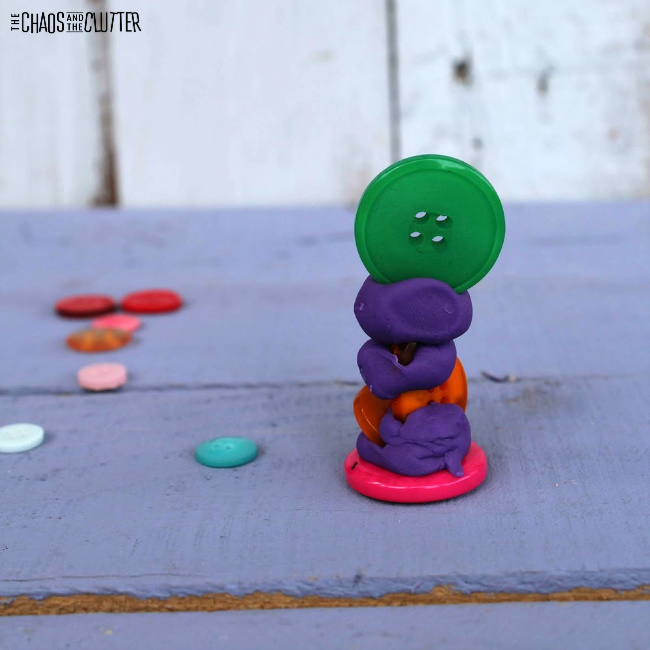
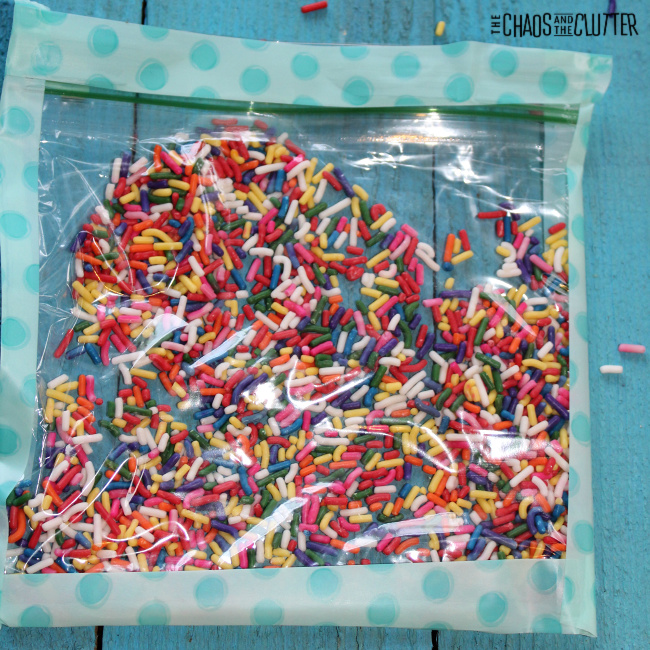
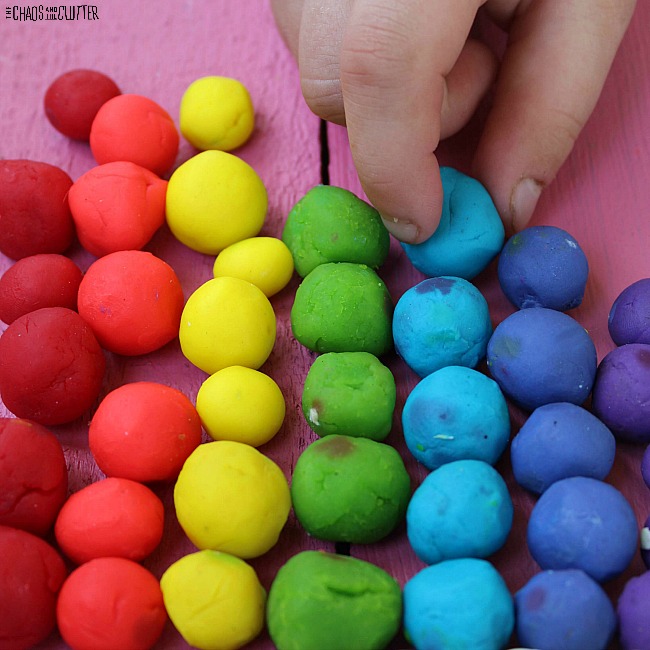
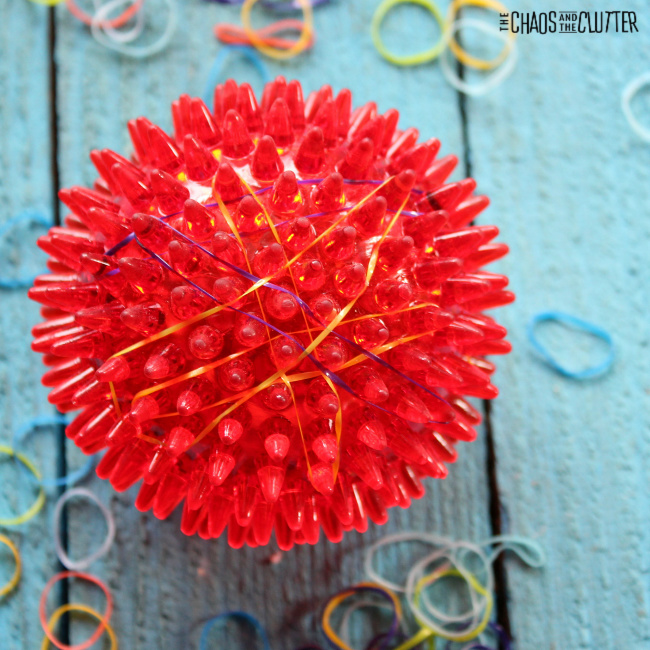
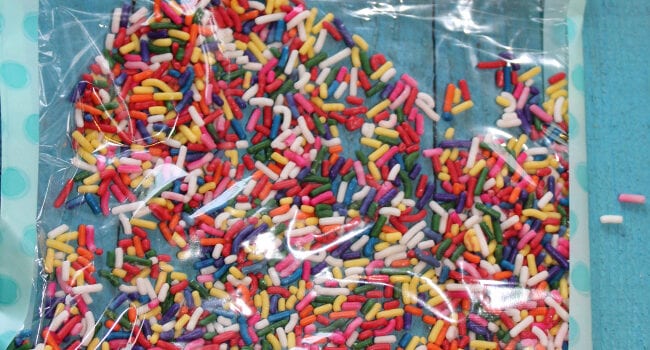
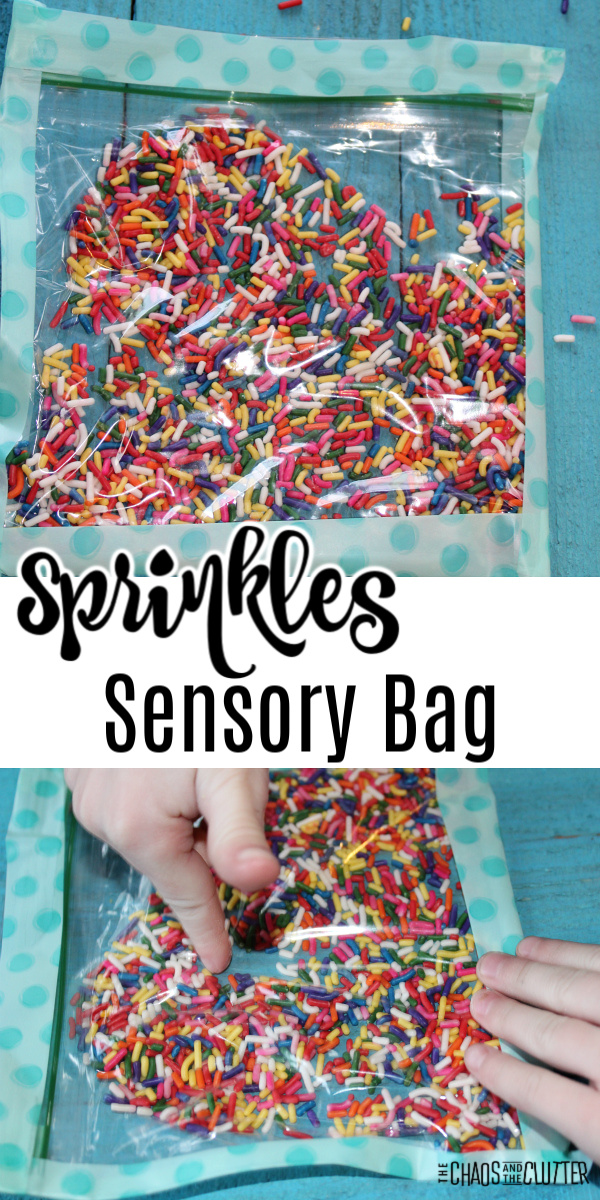
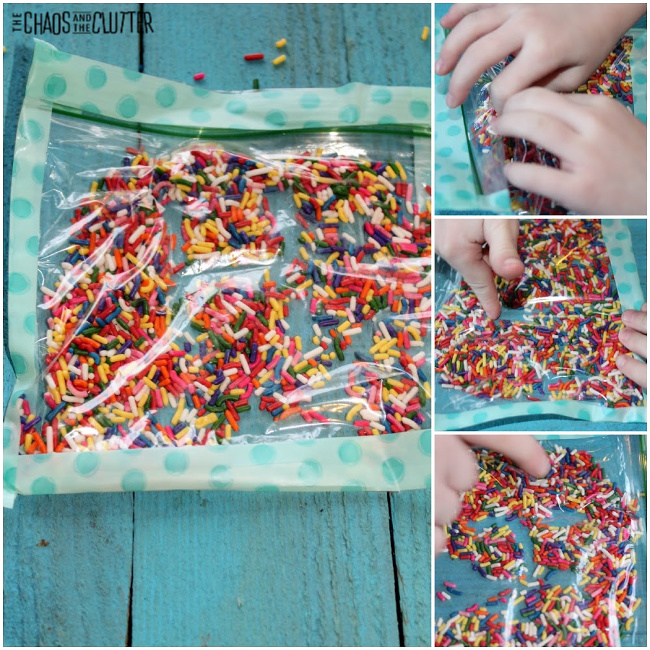 Your child can trace letters, numbers, or shapes in the sprinkles with their finger. This will help reinforce learning and also give them fine motor practise.
Your child can trace letters, numbers, or shapes in the sprinkles with their finger. This will help reinforce learning and also give them fine motor practise.
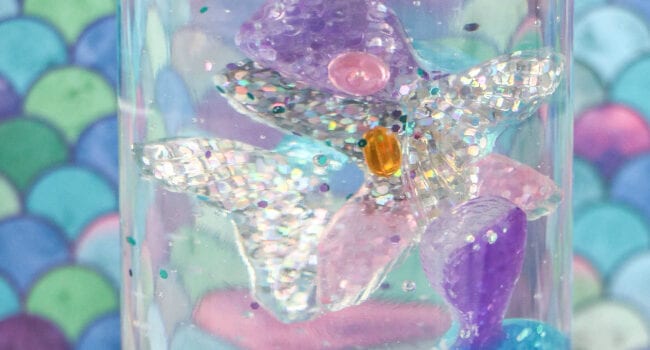
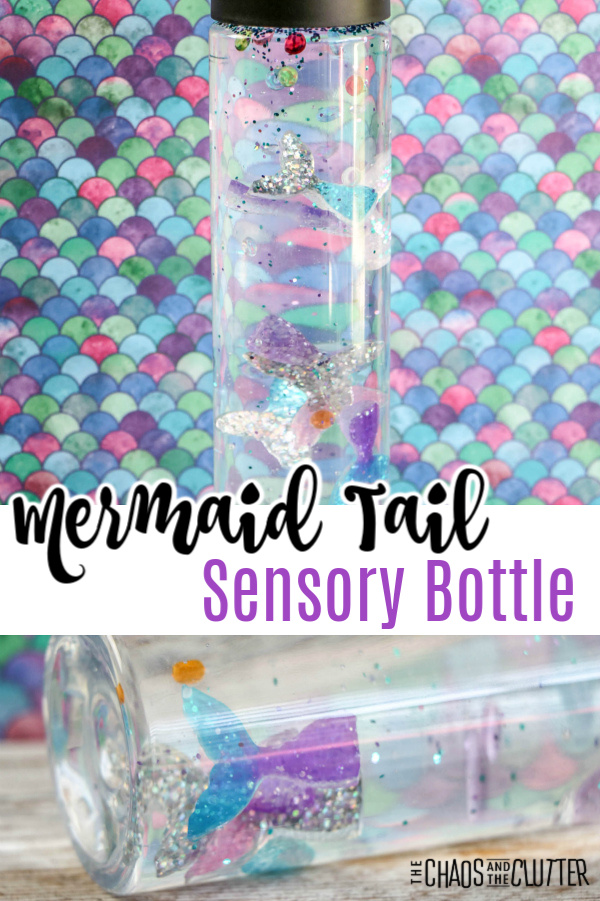 The glitter falls slowly through the glue and water mixture, creating a calm down effect. This sensory bottle also provides tactile, proprioceptive, and visual sensory feedback for kids.
The glitter falls slowly through the glue and water mixture, creating a calm down effect. This sensory bottle also provides tactile, proprioceptive, and visual sensory feedback for kids.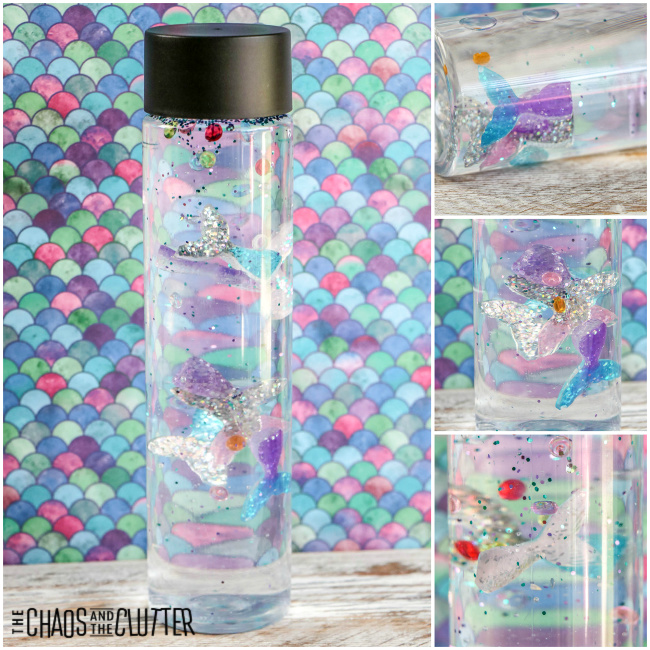 Directions:
Directions: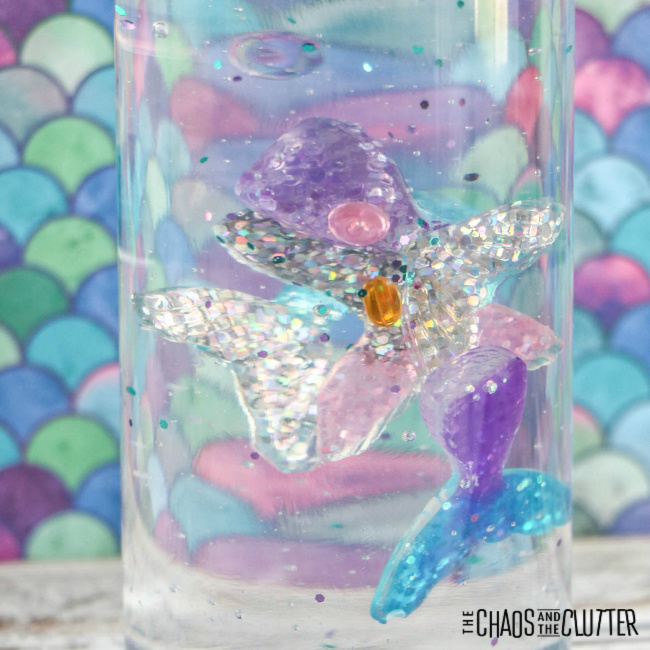 Are you looking for more easy sensory play ideas? Join us for a five day email series on Sensory Activities and Solutions and get a free sample of our Sensory Play Recipes eBook.
Are you looking for more easy sensory play ideas? Join us for a five day email series on Sensory Activities and Solutions and get a free sample of our Sensory Play Recipes eBook.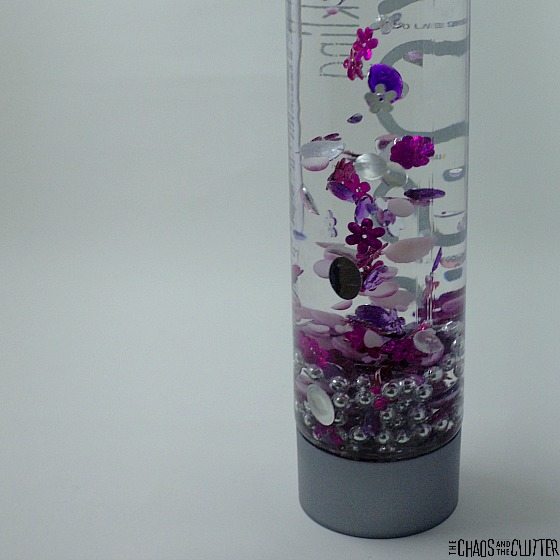
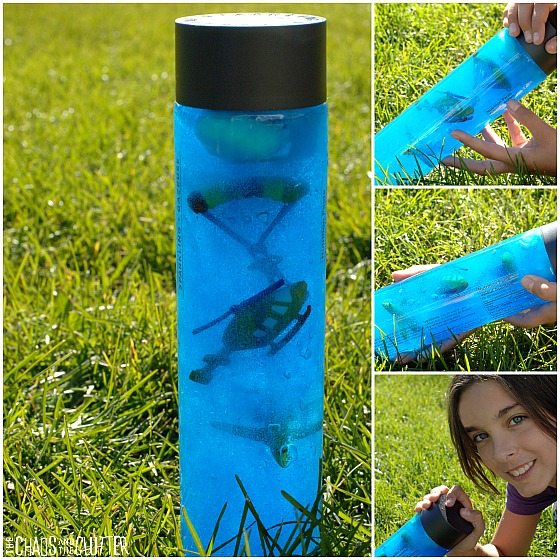

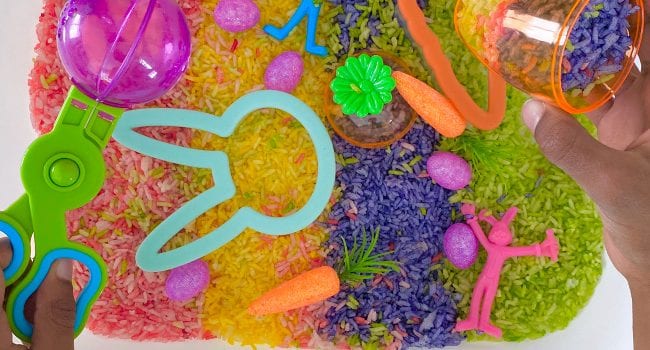
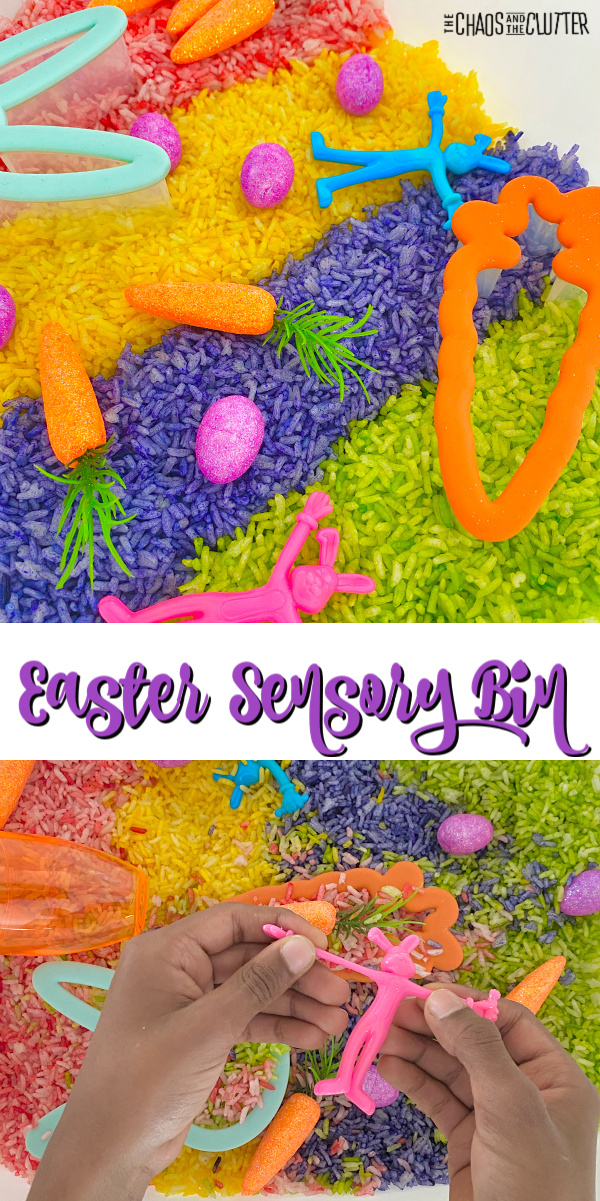
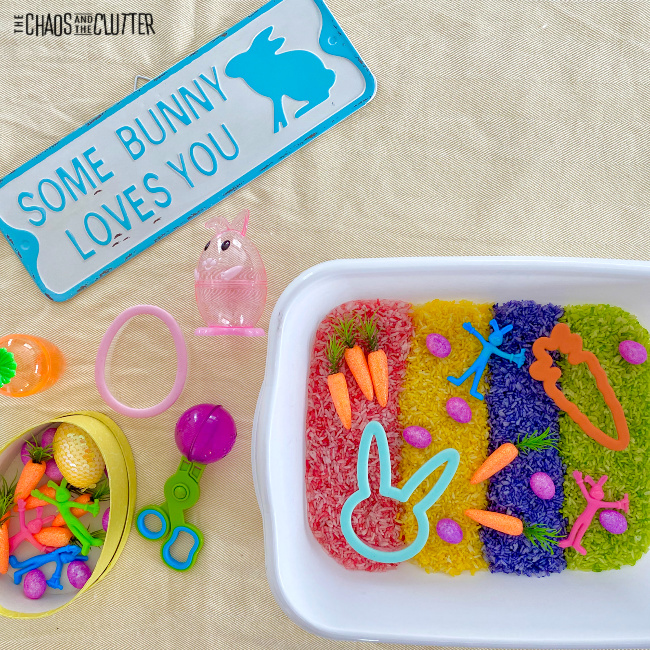 Directions:
Directions: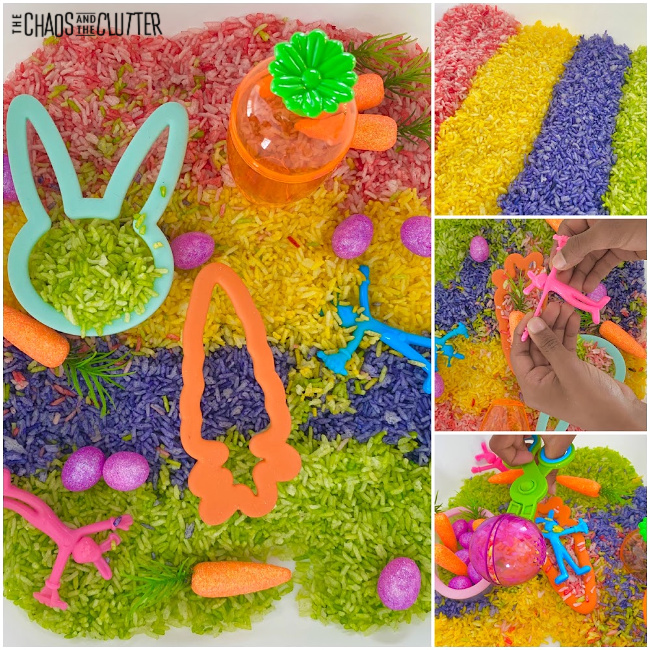
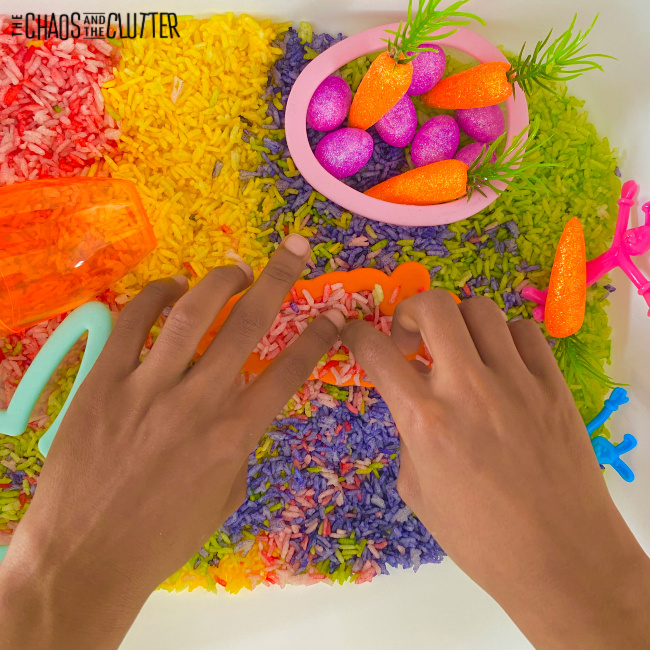 Once they begin playing with the bin, the different colours of rice will inevitably mix and that’s ok. If you have a child who gets upset by things like this, explain ahead of time that the colours will mix and that it’s all part of the fun. Once the colours mix together, it’s also quite pretty.
Once they begin playing with the bin, the different colours of rice will inevitably mix and that’s ok. If you have a child who gets upset by things like this, explain ahead of time that the colours will mix and that it’s all part of the fun. Once the colours mix together, it’s also quite pretty. Check out some of these other Easter sensory activities:
Check out some of these other Easter sensory activities: